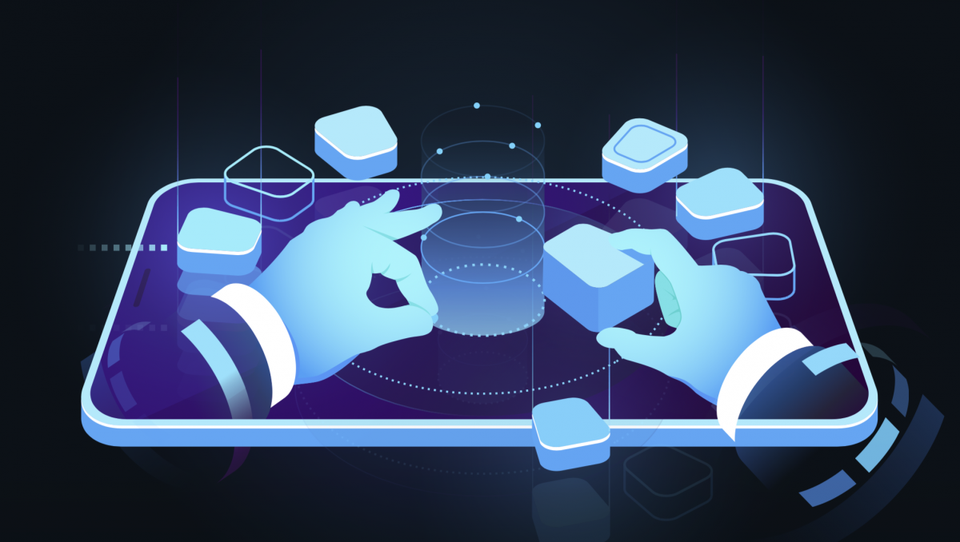The buzz around artificial intelligence (AI) continues to proliferate, with shipping companies beginning to explore AI’s potential in predictive maintenance, intelligent scheduling and real-time analytics.
GlobalData’s ship technology writer Alexander Love looks at five specific areas set to benefit from artificial intelligence in 2020:
Automated processes at shipping terminals
“The shipping industry is growing in confidence at AI technology’s capacity to run processes at container terminals and expects it to play a big role in operations in the near future.
“In a survey by Navis, 83 percent of respondents expect to increase their investment in AI technologies within the next three years. A large proportion of participants also agreed that AI could be involved in automating processes at terminals, such as container handling equipment assignments (81 percent), decking systems (81%), recommended actions (69%), predicting gate volumes (59%), and stowage of vessels (52%).
Reducing fuel consumption
“Since 2018 Stena Line has been experimenting with AI tech on the Stena Scandinavica ferry, which travels overnight from Gothenburg in Sweden to Kiel, north Germany. The company has been collaborating on this project with tech firm Hitachi. Their tests have proven that the platform can provide fuel savings of up to 3%.
“By the end of 2020, Stena Line plans to install the AI software on 38 of its vessels throughout Europe.
Image recognition systems
“AI is being used for ship image recognition systems as part of a collaboration between Chinese tech company SenseTime and Japanese shipping firm Mitsui OSK Lines (MOL).
“SenseTime’s system uses ultra-high-resolution cameras and a graphic processing unit (GPU) to automatically identify vessels in the surrounding area. It is intended to help improve safety and help stop large vessels colliding with smaller ones. It can also provide alerts to other hazards, particularly when visibility is poor. The image recognition technology could be used to monitor shipping lanes, as well as for security and coastguard operations.
Navigation systems
“Navigation is one obvious area with potential for AI use in shipping and a number of systems are currently in development.
“Orca AI is one such AI navigation platform being developed. The company’s solution combines sensors and cameras with deep learning algorithms. It is able to locate and track other vessels on the water and take action to avoid collisions.
“Meanwhile, Wärtsilä subsidiary Transas’ Navi-Planner is an AI platform that uses machine learning to optimise voyage planning.
“Stena Line has also developed its AI Captain solution for ship navigation. It is able to recalculate routes during voyages when it receives information to say there is an issue with the present route.
Unmanned vessels
“Perhaps the ultimate goal for artificial intelligence in shipping is to enable vessels to operate unmanned. In September, the Mayflower Autonomous Ship (MAS) will leave Plymouth in the UK and head across the Atlantic to Massachusetts, US. It will be a very similar route to the one taken in 1620 by the first European settlers in the US, exactly 400 years previously.
“Elsewhere in the industry, Yara Birkeland is an automated container ship being developed by Kongsberg and Yara. It is also fully electric.
“One of the biggest issues with automated ships is economics. The sheer amount of tech required for a fully automated container ship isn’t cheap. The Yara Birkeland is estimated to cost around $25m, which is three times higher than a container vessel of equivalent size.”



